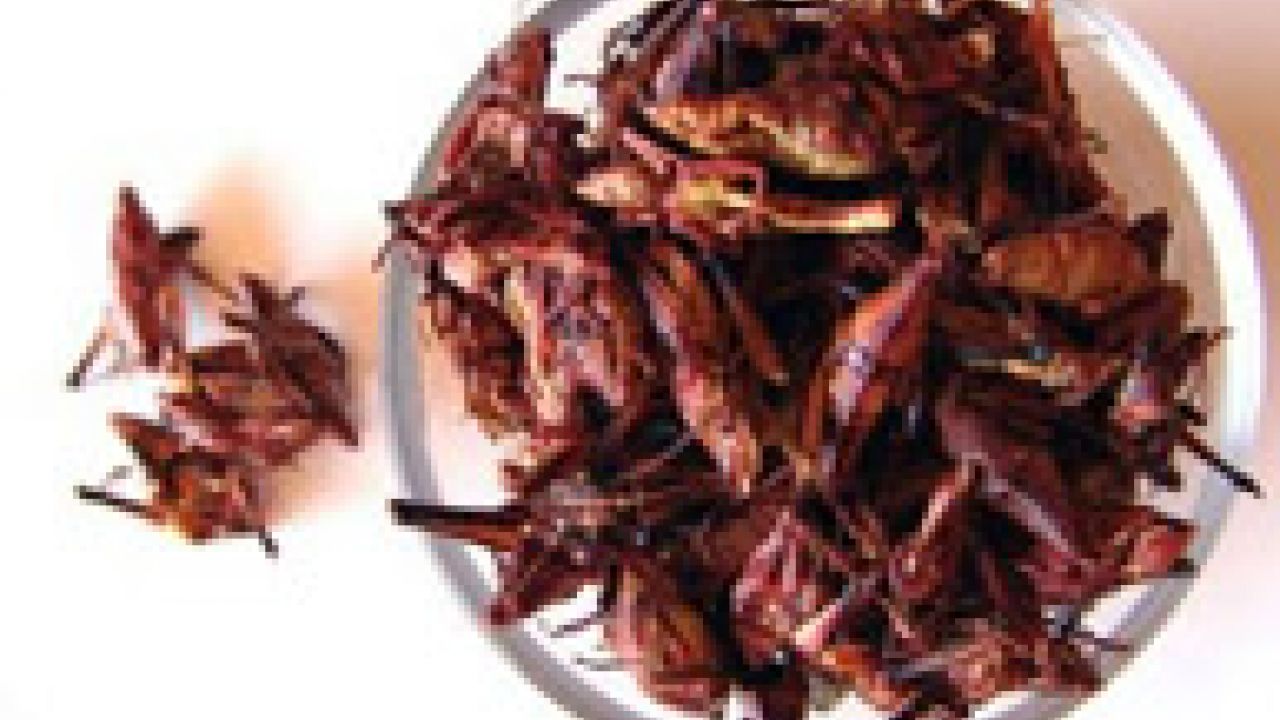
When University of California-San Francisco researchers and health affiliates investigated an outbreak of lead poisoning in Monterey County, California, they found a correlation between consumption of certain imported food products—particularly chapulines (dried grasshoppers) from Oaxaca, Mexico—and elevated blood lead levels in prenatal women and children.
Globalization, Binational Communities, and Imported Food Risks: Results of an Outbreak Investigation of Lead Poisoning in Monterey County, California collected information from three health department clinics between 2001 and 2003. The report shows that six percent of the children tested in Seaside, CA had elevated blood lead levels, compared with 2.2 percent in the general US population.
Most of the women studied were born in Mexico, with the highest blood lead levels found in women from the Zimatlan region of Oaxaca. However, the research shows that much of the lead poisoning occurred within the United States. Although environmental lead exposure in the United States has fallen considerably in the past 25 years, these findings indicate that lead contamination remains a global dilemma capable of crossing borders and making its way into the mouths of children.
The Environmental Working Group also reported dangerous lead exposure and contamination in Lead Astray: Lead Poisoning Risks in California. EWG found that about 212,000 California children aged one through five suffered from elevated blood lead levels between 1992 and 1998.



